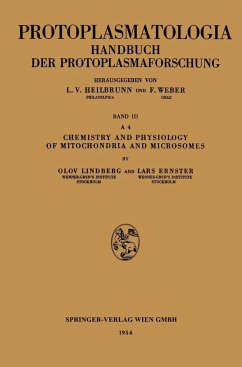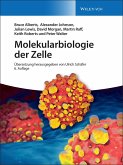chondria of tumours, for example. are characterized by a low respiratory power. which may be associated with a deficient mitochondrial organization. Since the physiological limitation of cell respiration appears to lie in the formation of ATP. it would seem that the factors responsible for the splitting of ATP with the formation of phosphate esters. are also respon sible for the aforementioned control meChanism. The enzyme glucokinase, which is known to be subject to hormonal control in the intact cell structure, is largely bound to cytoplasmic particles. The activation processes consist in the production by the mitochondria of precursot·s to the substances synthesized by the cell. Thus, apart from the enzymic spectrum necessary for oxidative processes and the formation of ATP. the mitochondria also contain specific activation mechanisms, the nature of which is determined by the type of cell in which they are con tained. Specialization can be observed in the sarcosomes of muscle tissue, which serve to provide the contractile elements with A TP: in the mito chondria of kidney tubules, which are concerned in the processes of re absorption; in liver mitochondria, which specialize in the production of acetoacetate and in the synthesis of citrulline and detoxication conjugates of aromatic compounds: and not least in the mitochondria of embryonic tissue which. in accordance with the prevailing stag·e of development and the part of the embryo in which they are situated, play an active part in the differentiation process.








